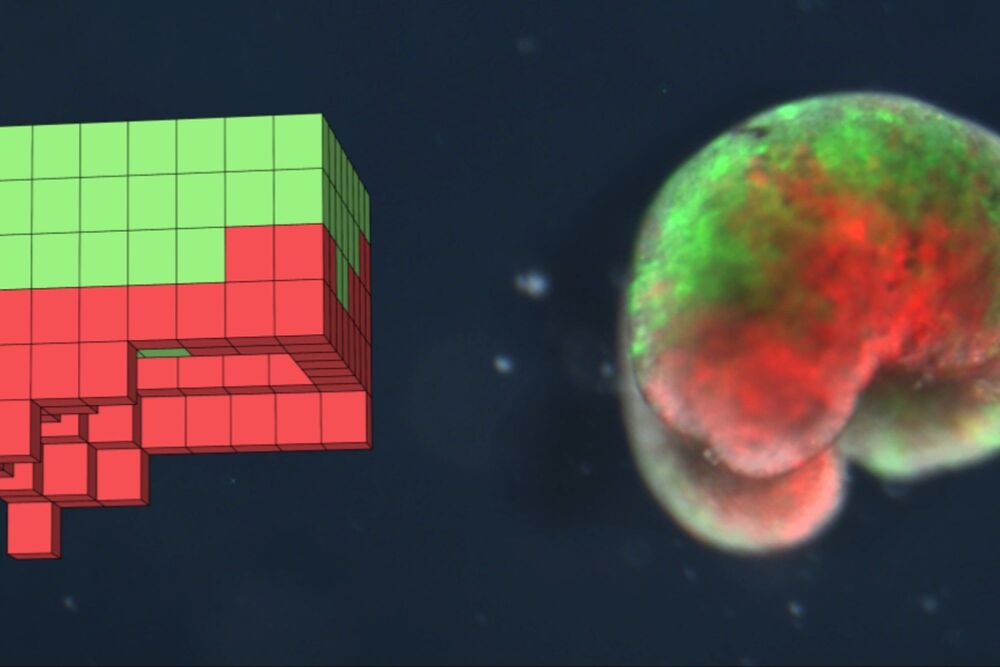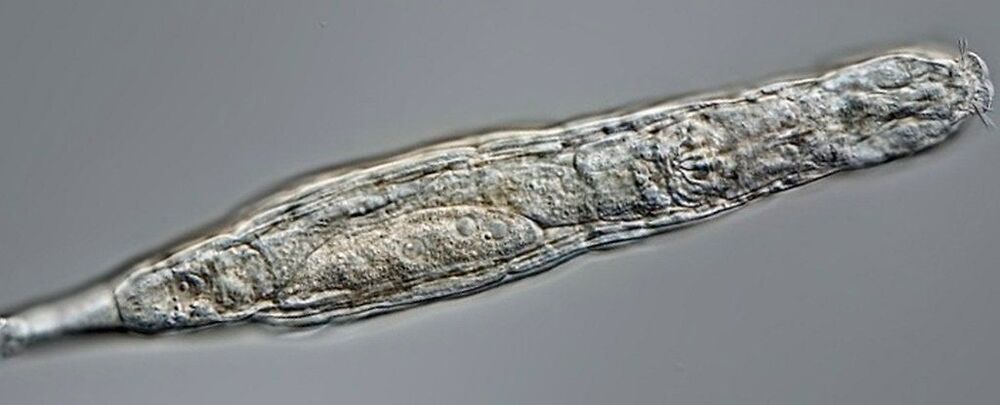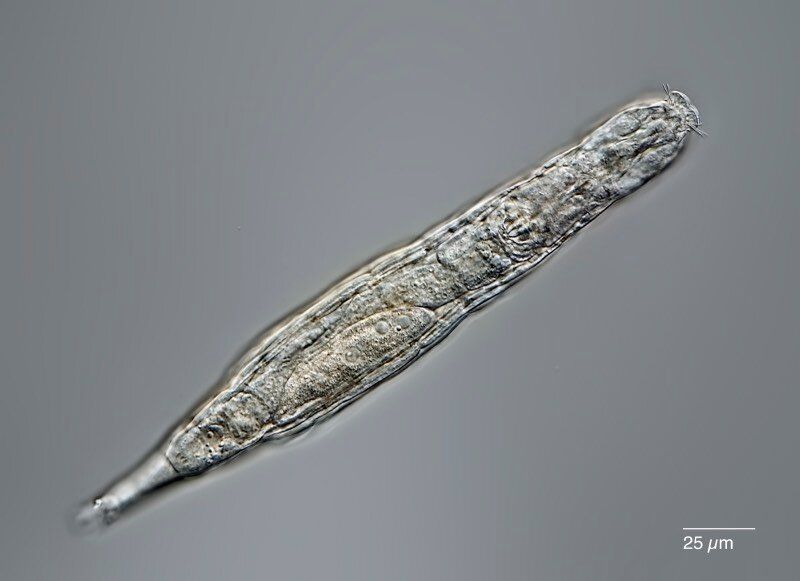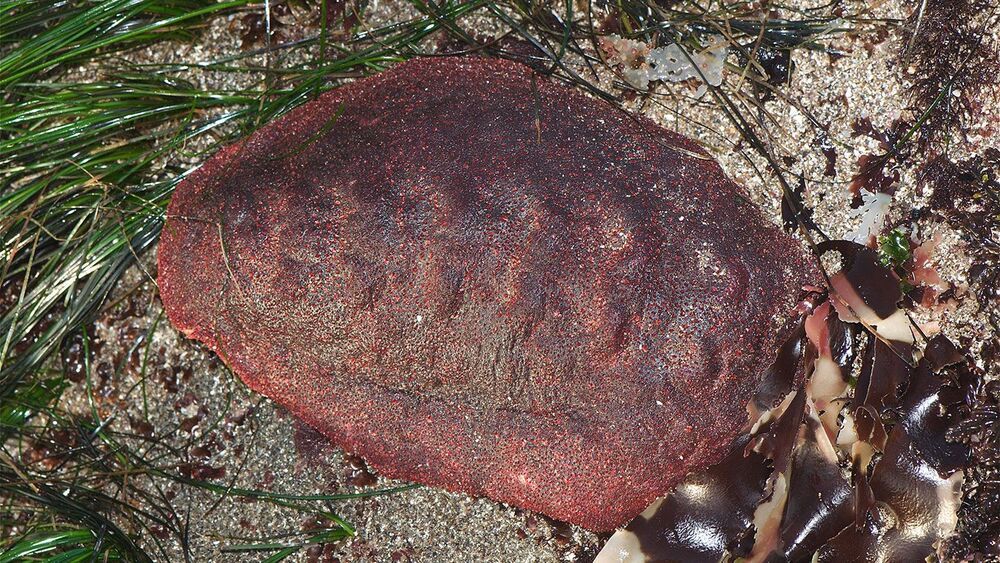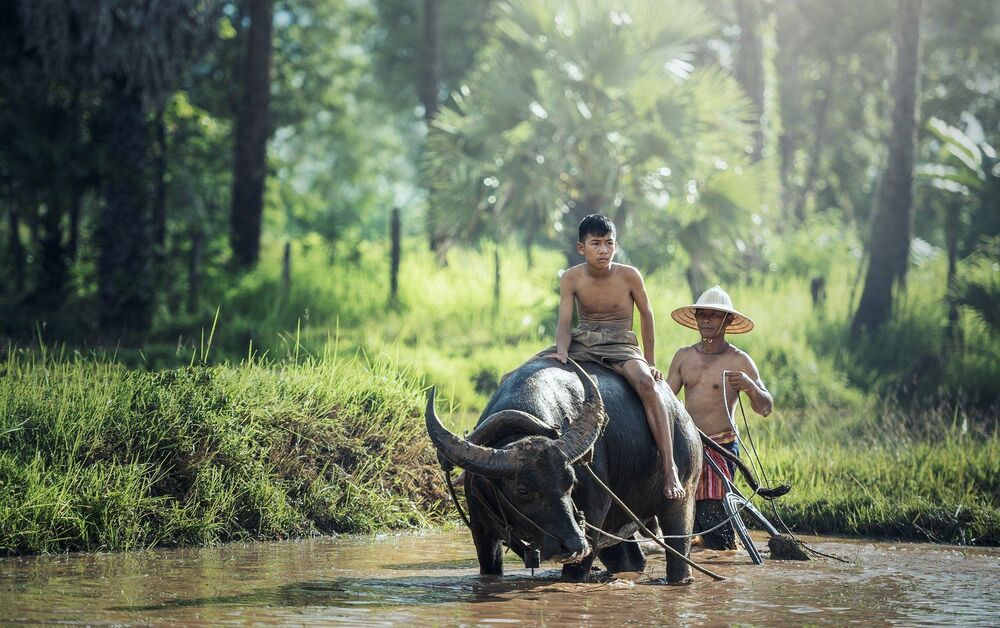We probably cannot slow the rate at which we get older because of biological constraints, an unprecedented study of lifespan statistics in human and non-human primates has confirmed.
The study set out to test the ‘invariant rate of aging’ hypothesis, which says that a species has a relatively fixed rate of aging from adulthood. An international collaboration of scientists from 14 countries, including José Manuel Aburto from Oxford’s Leverhulme Centre for Demographic Science, analyzed age-specific birth and death data spanning centuries and continents. Led by Fernando Colchero, University of Southern Denmark and Susan Alberts, Duke University, North Carolina, the study was a huge endeavor requiring monitoring wild populations of primates over several decades.
Jose Manuel Aburto says, Our findings support the theory that, rather than slowing down death, more people are living much longer due to a reduction in mortality at younger ages. We compared birth and death data from humans and non-human primates and found this general pattern of mortality was the same in all of them. This suggests that biological, rather than environmental factors, ultimately control longevity.


